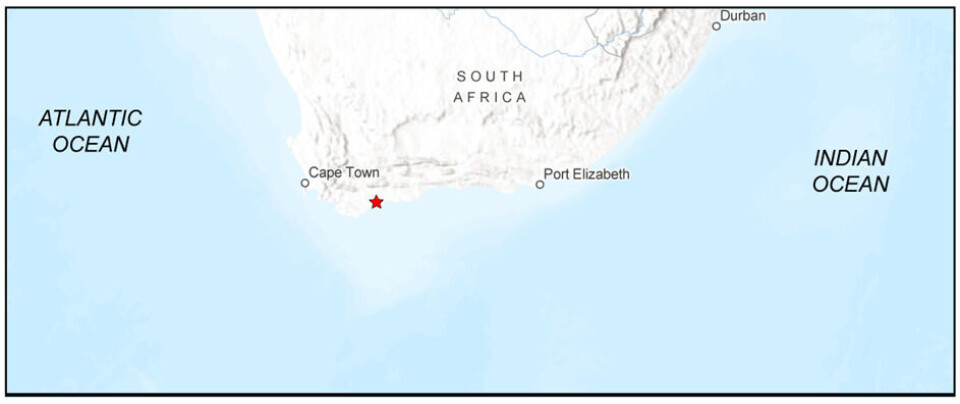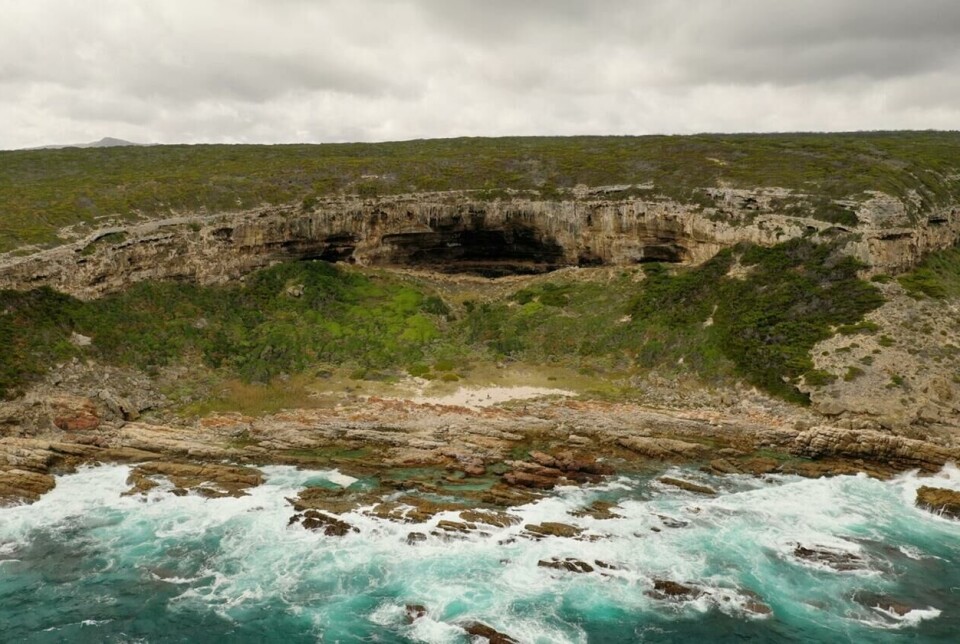THIS CONTENT IS BROUGHT TO YOU BY the University of Bergen - read more

Decoding past climates through dripstones
A recent study demonstrates how dripstones can be crucial for reconstructing past climates. The new approach can provide a detailed picture of the climate around early human occupations in South Africa.
“Dripstones, or speleothems, are unique natural archives - like Earth’s USB sticks. They store a wealth of information on past climate which helps us to better understand the environment in which early humans lived," Jenny Maccali explains.
She is a researcher at SapienCE Centre of Excellence, and has led the study which was recently published in Climate of the Past.

New perspective to ancient climate
The climate of South Africa is exceptionally varied due to its geographic location where the Atlantic and Indian Oceans meet.
This positioning at the crossroads of distinct climate zones—subtropical and temperate—along with the influence of the nearby Antarctic ice sheet, significantly shapes the region's weather. The Antarctic proximity alters the course of the easterly and westerly winds, thereby directly affecting the rainfall patterns in South Africa.
“All these factors mean that climate in the past could have been different from today and also possibly highly variable,” Maccali says.
She emphasises the importance of this, especially since the region contains crucial archaeological sites that chronicle pivotal cognitive, technological, and social developments.
Understanding the climatic circumstances during which these took place is essential.

Archives for climate reconstruction
The recent study used new techniques to reconstruct past climate and its variability.
Maccali's research group has focused on the subterranean world of caves, where they explore dripstones, also known as speleothems, to study past climate.
The study is based on scientific analyses of speleothems from Bloukrantz Cave, located on the southern coast of South Africa.
“Dripstones forming in caves are excellent archives for climate reconstructions, because their age can be accurately determined and a suite of methods can be used to reconstruct different aspects of past climate,” Maccali says.

Insights to early human occupations
One of the dripstones from Bloukrantz Cave provided the team with new climate data for a time window of 3,000 years during the last glacial period – from around 45,000 years ago.
They used different methods that confirmed the average air temperature for this period of 18.8 plus or minus 0.5 degrees Celsius, which is slightly warmer compared to the present day. This is possibly because the sea level was lower, and the site was further away from the coastline than today.
Additionally, the data revealed a pattern of significant variability in rainfall, punctuated by repeated drying events.
“Combining these insights, our study was able to increase confidence in the methods that were being used. Further work will likely provide a detailed picture of the climate around the early human occupations during a crucial time period in South Africa,” Maccali says.

This content is paid for and presented by the University of Bergen
This content is created by the University of Bergen's communication staff, who use this platform to communicate science and share results from research with the public. The University of Bergen is one of more than 80 owners of ScienceNorway.no. Read more here.
More content from the University of Bergen:
-
Researcher: Politicians fuel conflicts, but fail to quell them
-
The West influenced the Marshall Islands: "They ended up creating more inequality"
-
Banned gases reveal the age of water
-
Researchers discovered extreme hot springs under the Arctic
-
Tiny particles unlock vinegar’s hidden healing potential
-
“Why doesn't it rain more?” asks researcher




































